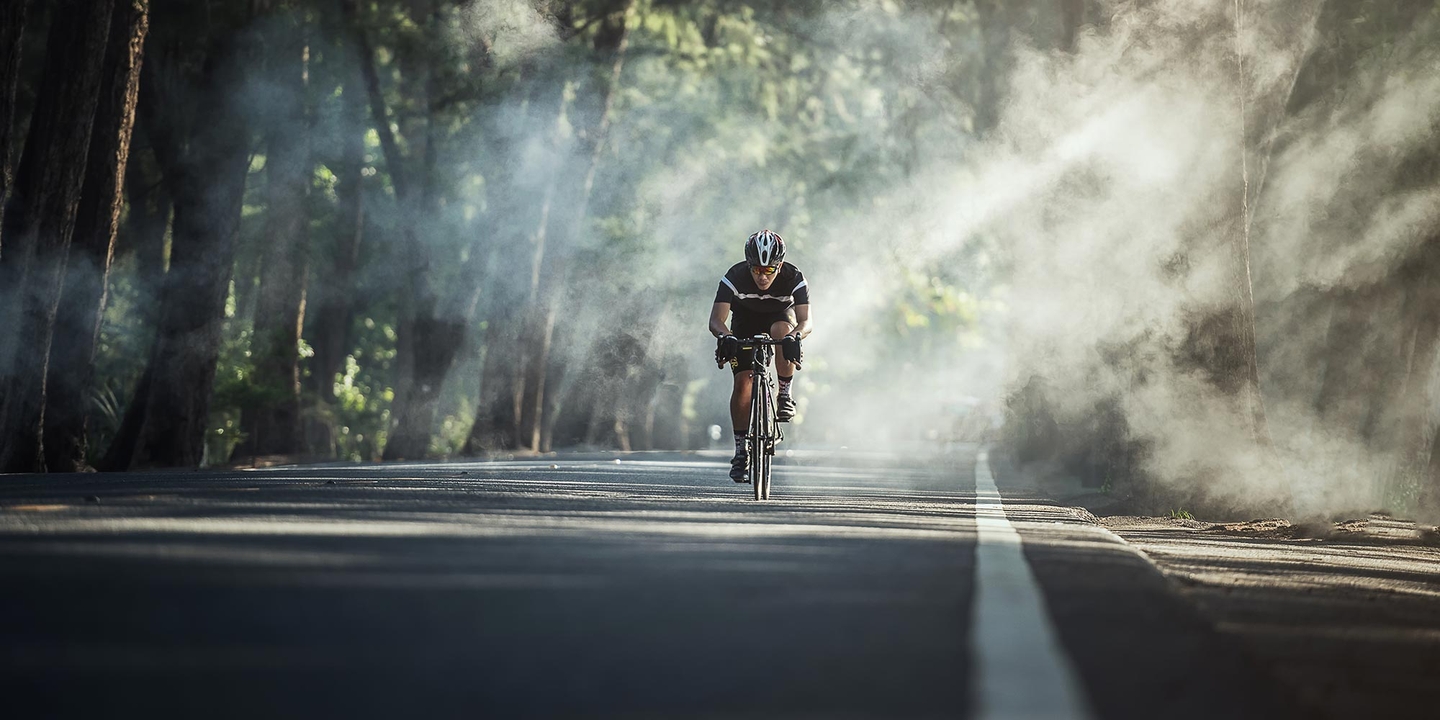Rules of the road for bicycles
3 min read
Traffic laws in the U.S. say that bicycles are considered vehicles with the same rights and responsibilities as other vehicles in most cases. Unless specified otherwise, bicyclists usually have a right to be on the road and an obligation to follow the same common traffic laws regarding stopping, yielding, right of way, and left lane rules. Brush up on the rules of the road to see how well you remember and adhere to the laws.
Although bicycles are usually considered vehicles in terms of bicycle traffic law, some states or cities may impose specific laws about how and when bicyclists use the road. It’s best to check your local Department of Motor Vehicles or city statutes. For example, some jurisdictions allow riding on the sidewalk, while others don’t.
What are bicycle traffic laws?
Most rules of the road for bicycles are the same as those for cars. Exceptions usually occur when the nature of a bicycle makes it impossible or impractical to follow the laws outlined for cars.
State laws often define minimum equipment for night riding. For example, one state’s law requires “a white light on the front of the bike and both a red reflector and a red light in the rear between sunset and sunrise or whenever the weather makes lights necessary.”
How to avoid accidents when riding a bike on the road
If you ride your bike on the road and in traffic, you can help avoid accidents by being as predictable as possible. That means riding in the right lane unless you need to turn, avoiding sudden moves like swerving, and signaling your intentions before you change lanes or turn. Some states allow riders to proceed side by side in a lane, but you should consider riding single file if there’s no passing lane or if there’s heavy traffic. That makes it easier for cars to pass you safely.
Consider the Idaho stop
The Idaho stop, named for the first state to implement it, allows cyclists to treat stop signs as yield signs and red lights as stop signs. Despite the apparent risk of this law, studies found that injuries from bike accidents decreased after the law was passed. Bicycles’ slower speed, wider field of vision, and the possibility of serious injury to cyclists in a collision make it easier and more likely for a cyclist to evaluate an intersection in time to stop if necessary.
It’s fairly common to see bicyclists cycle through a red light once they’ve determined there is no oncoming or cross traffic. While this may frustrate drivers, it isn’t always illegal. There are two kinds of laws that may allow cyclists to proceed through a red light: “dead red” laws and “Idaho stop” laws (also called “yield-stop” laws).
Use hand signals when stopping or turning
Most bicycles don’t have turn signals or brake lights built in, but there’s a standardized set of hand signals that cyclists can use to indicate their intention to stop or turn.
- Signal a left turn by extending your left arm straight out to the left.
- Signal a right turn by extending your left arm out with the elbow bent at 90 degrees and the hand pointing up.
- Signal a stop by extending your left arm out with the elbow bent at 90 degrees and the hand pointing down.
Other considerations for riding a bike on the road
It’s important to know the difference between at-fault and no-fault accidents and how bicycle insurance works if you get into a bicycle accident. When sharing the road with bicycles, stay calm and remember that bicyclists have a right to the road too. Look out for bicycles, give enough space when you pass and pay special attention to blind spots.




